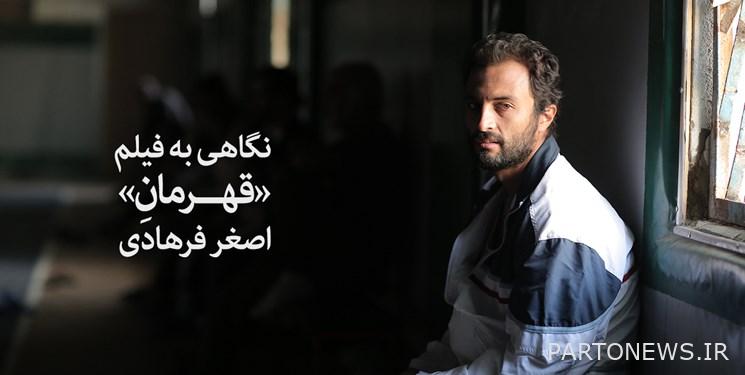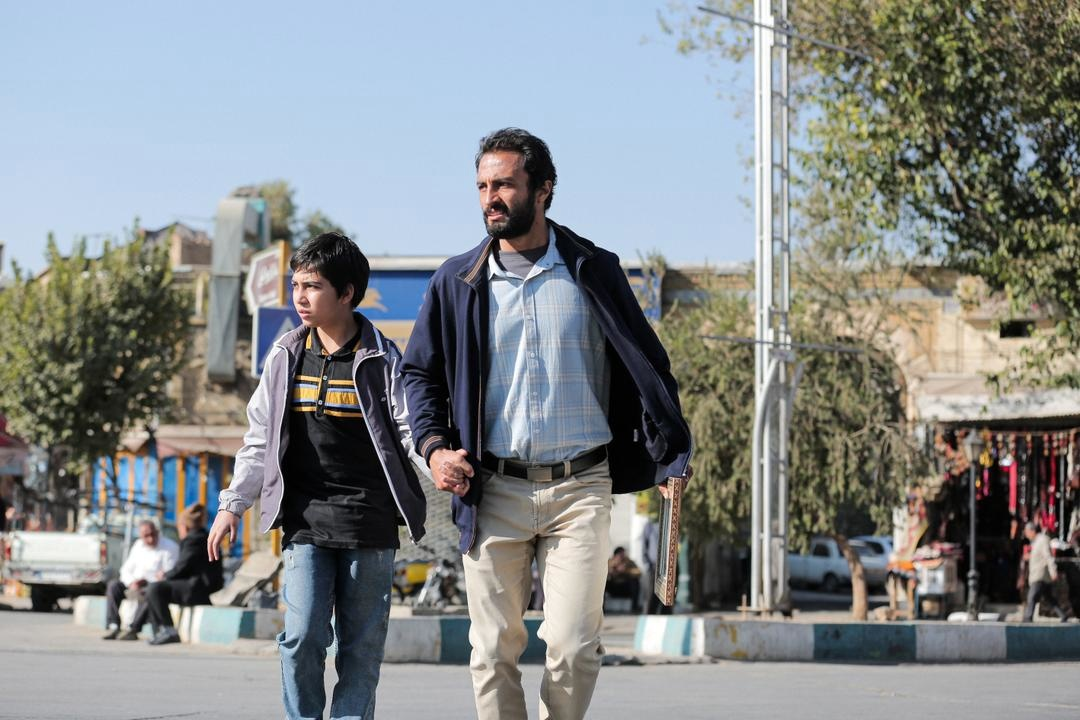Take a look at the movie “Hero” / Are Farhadi’s works still creative for the jury?

In this text, there is a risk of leaking the story |
Fars News Agency – Cinema Group, Mohammad Kalhor: “Rahim Soltani” (played by Amir Jadidi) is in Shiraz prison due to financial debt to his former brother-in-law “Bahram” (played by Mohsen Tanabandeh). Rahim has a teenage son who lives with his sister’s family and has speech problems. That is why he is being treated at a speech therapy center. In this center, Rahim meets a 37-year-old girl named “Farkhondeh” (played by Sahar Goldoust) who lives with her brother’s family. He and Rahim plan to get married after their release, but Rahim is unable to repay his $ 150 million debt. In the meantime, Farkhondeh finds a quality female containing 17 gold coins (equivalent to about half of Rahim’s debt) and now it is Rahim who must decide to sell the coins or return them to their owner …
This is the summary of the story of Asghar Farhadi’s latest film “Hero”; A director who, from his first production, about Ellie, denounces lying and recalls its destructive effects on human emotions and relationships. On the other hand, it raises the question of whether someone deserves praise simply for not doing a bad deed. What is the difference between doing good and not doing bad?
Farhadi continues his story by creating dual situations. According to a prison official, Rahim is either very smart or very simple. But Farhadi may have created a character between the two, because if he had good intentions, why did he not hand over the bag to the police to find its owner and take action himself? Why did he write the prison contact number on the ad, not his sister’s house number? Farhadi creates a hero who has gained this position and acceptance overnight, and overnight, not only sees it as lost, but also his reputation is in danger. The subject is symbolically depicted at the beginning of the film as Rahim ascends and descends from the scaffolding of historical monuments in Fars province, and serves as a prelude to the rise and fall of the “hero” of the story.
The director of “Hero” portrays the pivotal role of media and social networks in people’s lives, and the judgments formed based on the news and rumors of these networks spice it up. He wants to say that human behavior and reaction is in fact tied to cyberspace, and if he wants to adjust his life to it, he falls into a trap that has no escape; Unless, like the protagonist of the story, he finally settles down and lives for himself, it is not the judgments of the people that result from the spread of social networks.
Asghar Farhadi in “Ghahraman”, in addition to cyberspace, considers the critical decisions of some officials and their stoning to be effective in deepening the challenges of life and criticizes it. For example, in a scene from the film, the taxi driver says to the governor’s recruiter: “I am not a job, son of John, you are a job, why are you slandering an unfortunate person, an innocent person? “Woe to this country that has fallen into your hands!”
Rahim (Amir Jadidi) and Farkhondeh (Sahar Goldoust) in a scene from the movie “Hero”
* What is the chance of a “hero” at the Oscars?
Asghar Farhadi in “Hero” has also used the capacity of non-face actors and the quality of the actors’ play can be divided into two categories; Some like Amir Jadidi, Maryam Shohadaei (Maliha, Rahim’s sister), Fereshteh Sadr Arfaei (Ms. Radmehr, charity manager), Alireza Jahandideh (Hossein, Maliha’s husband) and teenage actor (Siavash, Rahim’s son) have brilliant performances, but others like Mohsen Tanabandeh, Sarina Farhadi and Sahar Goldoust have shown a mediocre game.
The screenplay of the hero is more coherent and has fewer holes than Farhadi’s previous work, “The Salesman”, and a few vague points – such as the reason for Rahim’s divorce from his wife and Bahram’s role in it – remain for the viewer.

The turning point of the “hero” can be considered its clear end, because we do not know before that whether Rahim deserves sympathy or not? But the end of the film, where Rahim’s son accepts Farkhunda as his new mother and Rahim returns to prison with different faces (shaved head and beard) such as Siavashi from a past fire or a newborn phoenix, mise-en-scène, decoupage and Framing promises a bright future for Rahim.
The importance of this issue in Farhadi’s films increases when, unlike his other works, which have an open and mostly bitter ending, this film has a hopeful ending, and if the viewer is asked at the end of the film, “Will a new hero be born?” Probably give a positive answer. However, if we are realistic, the “hero” who represents Iran at the Oscars will not have much chance of winning the award. Because the non-Iranian audience will not understand some of the subtleties of the film, such as the Shirazi dialect, the sound of traditional instruments, Rahim’s calligraphy, Bahram Dokhtar Bahram, etc. Meanwhile, Farhadi’s dubious challenges in his films are no longer as new and creative for the audience as they used to be, including the new jury.
End of message /
You can edit this post
Suggest this for the front page
.

